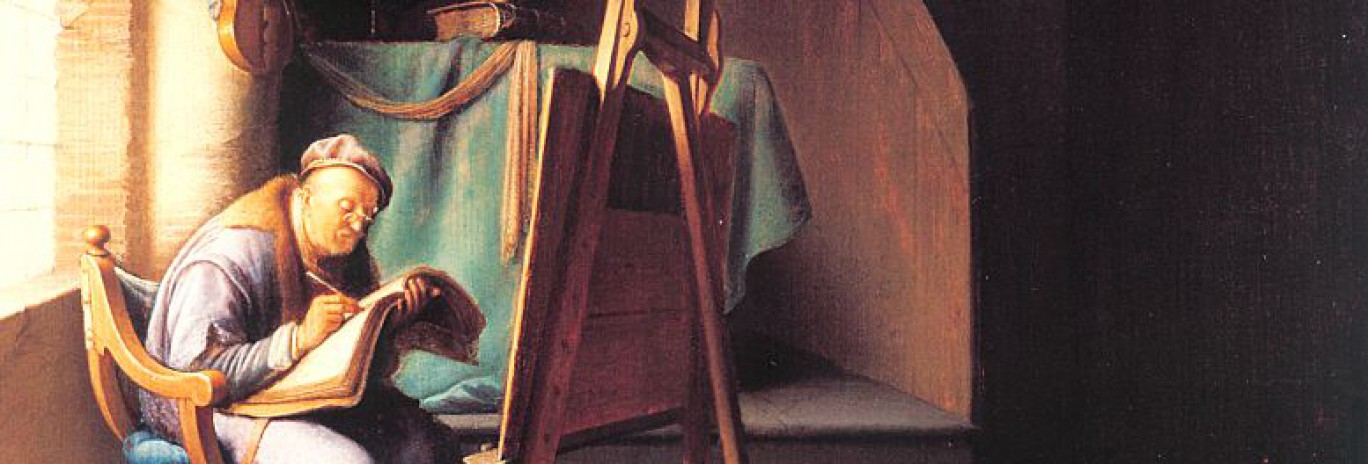TAH interview Marco Cardinali, University of Genua University & University of Stockholm
What are the most important research questions being asked in TAH?
At the present time, art historical research is greatly benefitting from the improved quality of technical images being produced in several scientific fields, and in the technological field in particular. Newly introduced techniques (such as MA XRF) respond to distinct wavelengths in an image, and offer a great amount of data. Such data can provide a number of ‘possible’ visual translations of an artwork – data which corresponds to the material structure of a painting, or the procedures involved in its creation, or ‘moments’ in its execution and conservation. As a consequence, our understanding of an artwork’s ‘life’ and the material processes involved in its creation is enhanced – we can reach much more deeply into a piece. Nevertheless we still do not exploit such research tools to any great degree.
Do you consider technical art history a sub-field of art history?
I would rather say it represents a possible (logical) way out of a 30-year crisis in art history as a discipline, although the term ‘Technical Art History’ does sound like its own distinct field of study. However, the multiple views and approaches that have been introduced via technical studies have been gaining ground within art history as a whole. Certainly this interdisciplinary aspect has become crucial. The work of art as an object, as a material structure, becomes the point where distinct yet integrated studies intersect, where these differing approaches relate and connect.
Is TAH ‘an enhanced and more scientific’ connoisseurship?
Connoisseurship has been the epistemological paradigm of an art historical approach based on works of art. This approach grew in importance following certain historical developments– works of art diffused through society following Napoleon’s requisitions and the suppression of religious orders, the art market flourished, and public collections and museums were created. The discipline of connoisseurship was pushed to new theoretical foundations beyond the biographical model from Vasari. Technical Art History – just to follow the term used in the question – pertains to a new context and perspective where conservation issues are even more crucial than attribution and have proved to lead or mislead the interpretation of the object.
What do you see as the major challenges in TAH education?
Training the students both on the material approach to the work of art (through seminars and labs) and on the critical use of multiple sources (data and images supplied by scientific analysis, material sources and so on). The aim is to adopt the material perspective in a multifaceted train, which includes technical images, literary sources, conservation and scientific reports, to encompass the composite entity of the artwork and its relation in context.


